USD/JPY accelerates to as high as 115.80 so far today, and breaks 115.51 resistance to resume the medium term up trend from 102.58. The rally comes as supported by strong rise in US treasury yields overnight, and the strength of Nikkei (which is up 1.5% or 438 pts at the time of writing).
Technically, the strong support from 55 day EMA is taken as a solid bullish sign. Next target will be 61.8% projection of 109.11 to 115.51 from 112.52 at 116.67. Sustained break there could trigger further upside acceleration to 100% projection at 118.92, which is close to 118.65 long term resistance. Decisive break there would pave the way to 125.85 (2015 high), probably within the first half of the year.




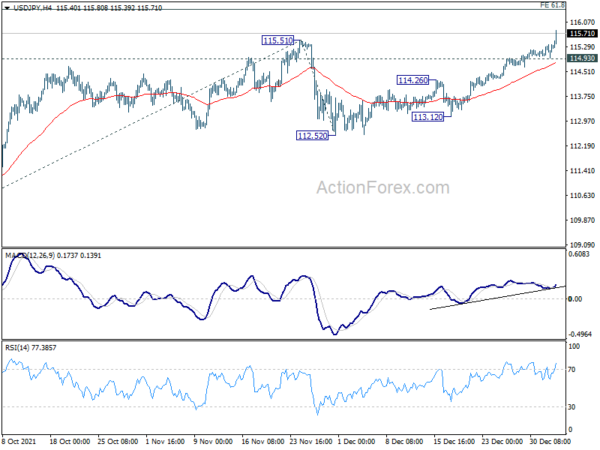
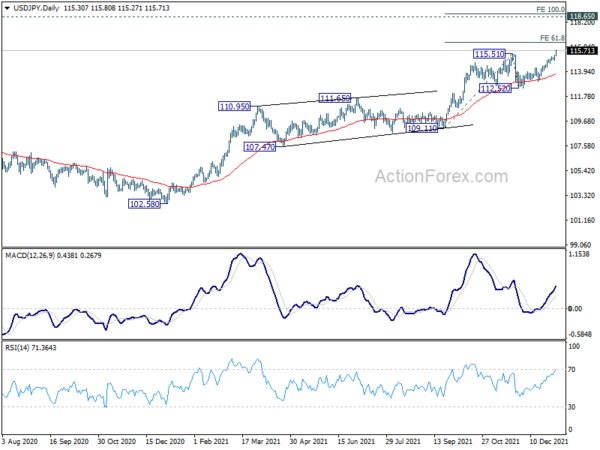
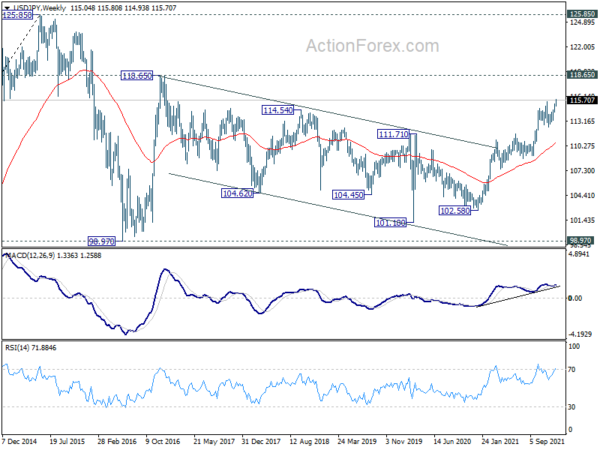
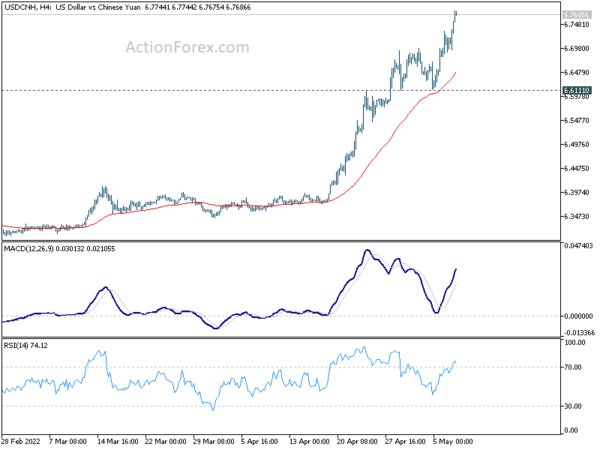
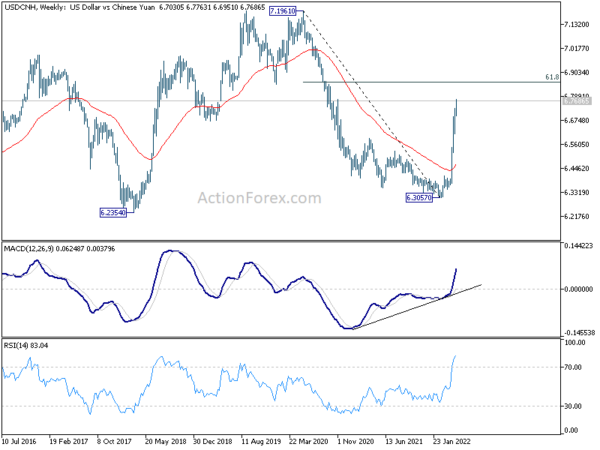
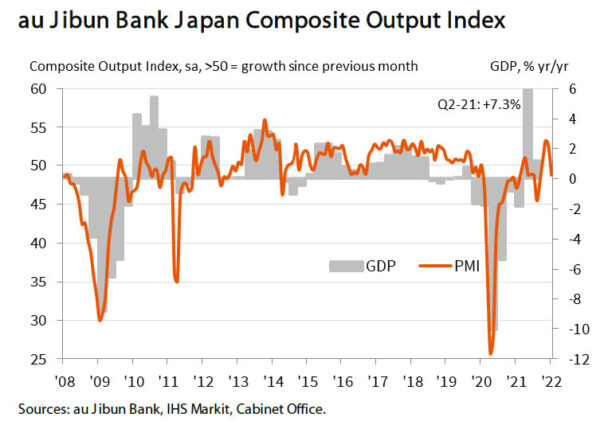
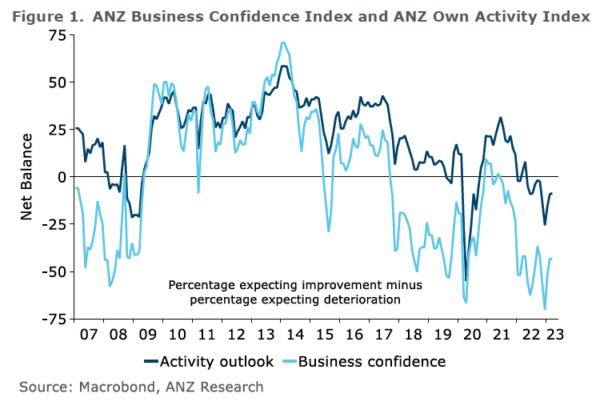
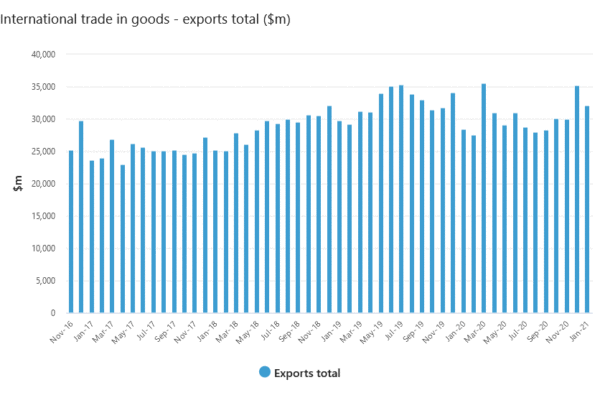
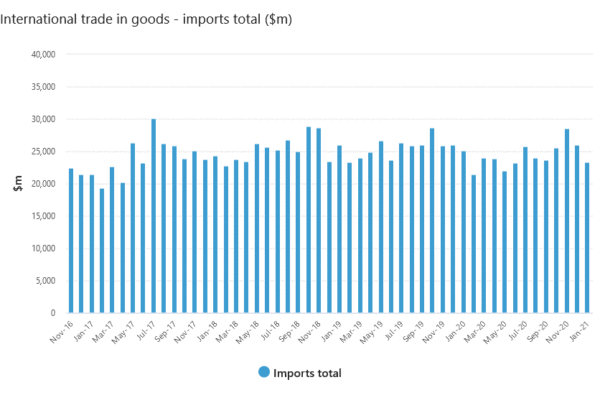

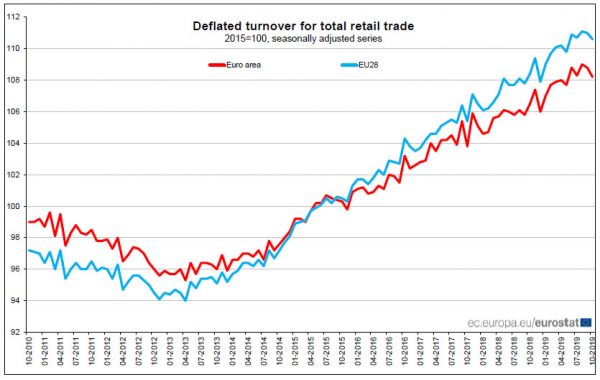
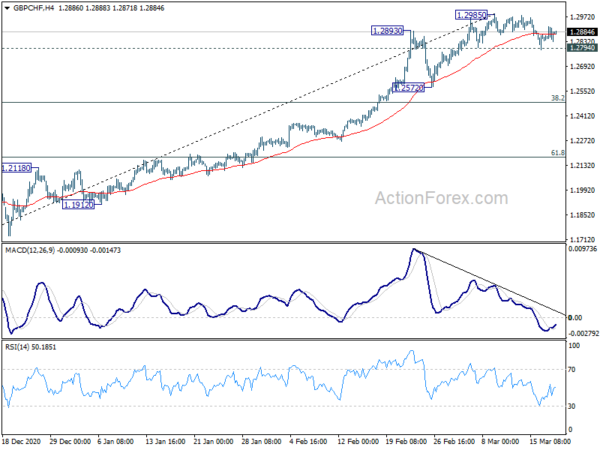
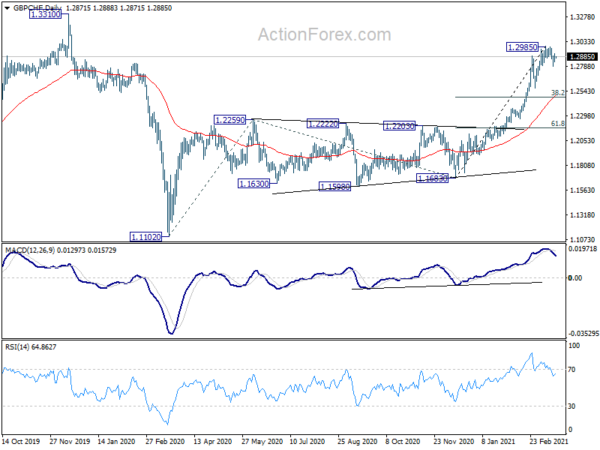
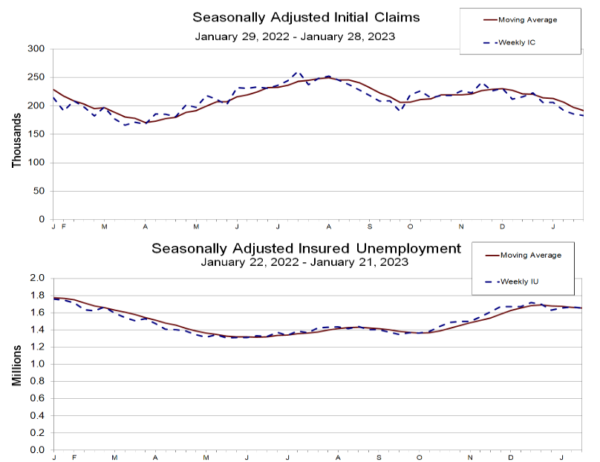
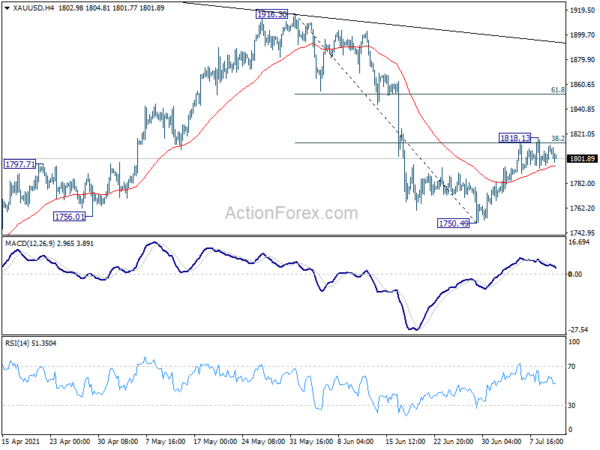
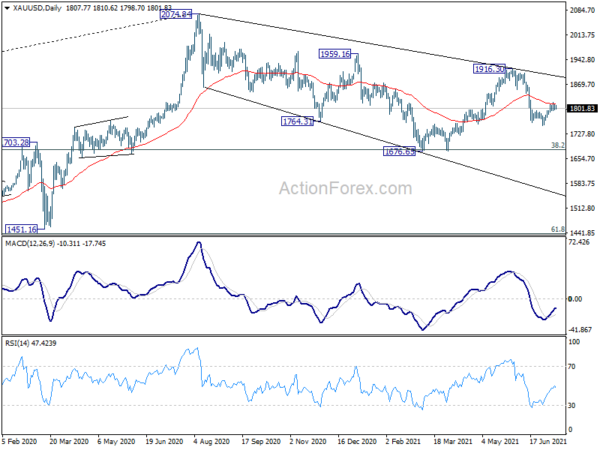
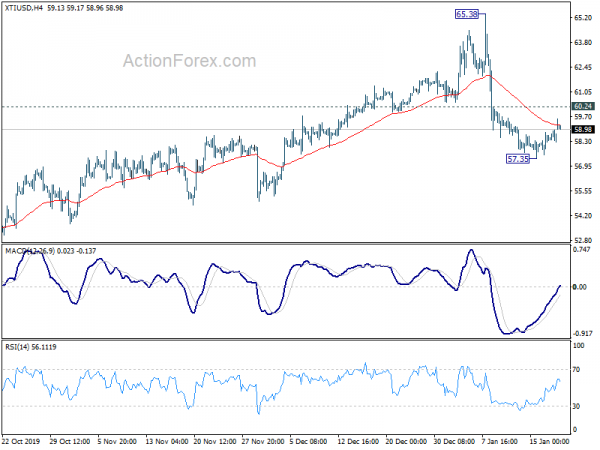
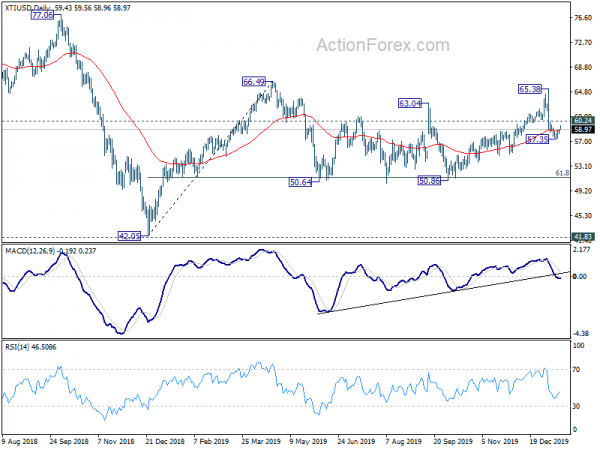
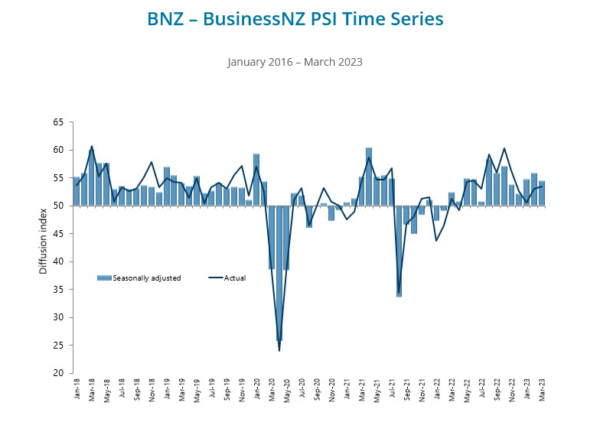
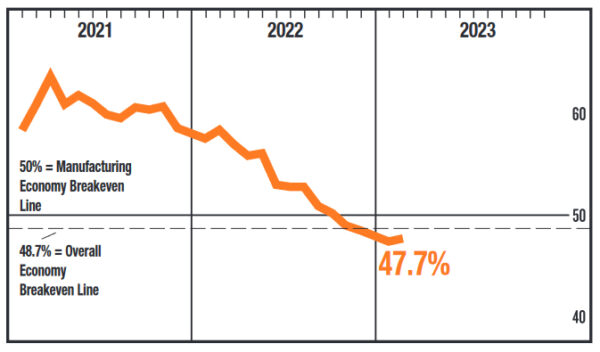

UK Farage: Johnson is just reheating May’s Brexit agreement
Brexit Party Nigel Farage criticized that UK Prime Minister Boris Johnson is not opting for no-deal Brexit, but just reheating the old Withdrawal Agreement.
He said, “of course if Boris Johnson says we’re leaving, we’re going to have a clean break… then we, the Brexit Party, would put country before party and tell Mr Johnson that we want to help you in any way we can.”
“But I’m afraid that’s not what the prime minister wants to do and that was made very clear by his statement outside Downing Street last night. He is intent on reheating Mrs May’s Withdrawal Agreement.”